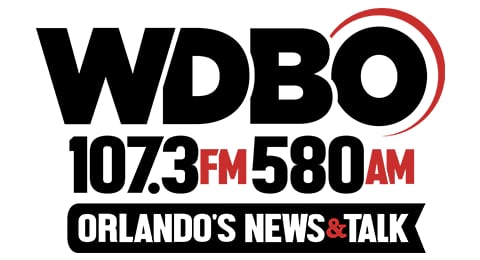A few years ago, before the great base-stealing revival of 2023, fantasy baseball analysts commonly urged managers to focus on acquiring stolen bases in the early rounds, so as to address the category without relying on end-of-draft speed specialists.
[Join or create a Yahoo Fantasy Baseball league for the 2025 MLB season]
These days, coming off a season that produced the most stolen bases in MLB in over a century, fantasy analysts are still telling you to aggressively target steals in the early rounds, because you are going to need an outrageous quantity of them.
Basically, we used to draft our stolen bases early because they were so scarce. We are now drafting them early because they are too plentiful.
If it seems as if you cannot escape the tyranny of steals … well, yeah, that's fair. The category has been a problem from the start. Stolen bases are not highly correlated with any other 5x5 stat, which makes them both a nuisance and exceedingly puntable. In the current era, if you intend to seriously compete in the category, you will need to address it up and down the draft board.
It wasn't always this way, of course. Just two seasons ago — before the sweeping rules changes that have made the game quicker and more watchable — an average major league team stole just 83 bases. Last year, the average team swiped 121 bags and only five clubs finished with fewer than 83. Today, if an individual player hopes to lead MLB in stolen bases, they'd better plan to swipe at least 65. Stealing 40 or 50 bags simply won't get it done.
If you’ve been an attentive fantasy baseball manager over the past two seasons, then you certainly don’t need a lecture on the seismic shift in the stolen base landscape. You have lived it.
Instead, you might actually need a reminder of the extraordinary value to be found among the small (and shrinking) pool of upper-tier sluggers who offer everything except for speed. Several of the most obvious screaming values in fantasy at the moment happen to be non-base-stealers who excel in every other area.
To be clear, we aren’t suggesting that you should deliberately hoard all the big, beefy immobile bombers. If you assemble a roster with multiple Jake Burgers — all power, no wheels — then you should just ignore steals altogether, because the category will be a lost cause.
However, let's not become so focused on speed at every roster spot that we neglect equally important traits that have become much rarer in recent seasons. Remember, batting averages are plummeting across the majors — only seven qualified hitters topped .300 last year. If you can somehow manage to find elite power and average from the same source, then you should consider that guy a massively valuable fantasy commodity, regardless of his baserunning contributions.
In today’s game, the population of players who combine both upper-tier power and useful batting average is scandalously low. Last season, only six MLB players hit 30 or more bombs while also producing an average of .300 or greater. Back in 2001, there were 24 hitters who cleared both marks.
Of course in recent years, players certainly don’t need to hit .300 (or even .270) in order to finish as top-25 overall hitters. Kyle Schwarber ranked as the No. 16 batter in fantasy last season while hitting .248 and stealing just five bags. Nothing about his year was particularly fluky — he’s exactly the sort of player who should have seen a bump in batting average following restrictions on defensive shifts — yet his current ADP (38.5) doesn’t reflect his likely contributions in 2025.
Schwarber is one of several notable low-speed sluggers who isn’t receiving the level of draft respect he’s clearly earned. Vladimir Guerrero Jr. is entering his age-26 season having just hit .323/.396/.544 with 30 homers, yet no one’s reaching for him in the first round. Marcel Ozuna has produced back-to-back seasons as a top-20 fantasy bat, yet he’s currently buried in terms of ADP (57.1). We seem weirdly disinterested in Manny Machado (30.4), Pete Alonso (38.4), Corey Seager (43.0) and Brent Rooker (56.0) as well.
Essentially, our desire to attack stolen bases in the opening minutes of our fantasy drafts has left us with blind spots with respect to power, run production and average. In fact, the widespread availability of speed should actually allow us to address steals after selecting a potential 35- or 40-home run bat as a foundational hitter.
Let’s please not become so speed-obsessed that we neglect the incredibly scarce player attributes available elsewhere in the early rounds.









